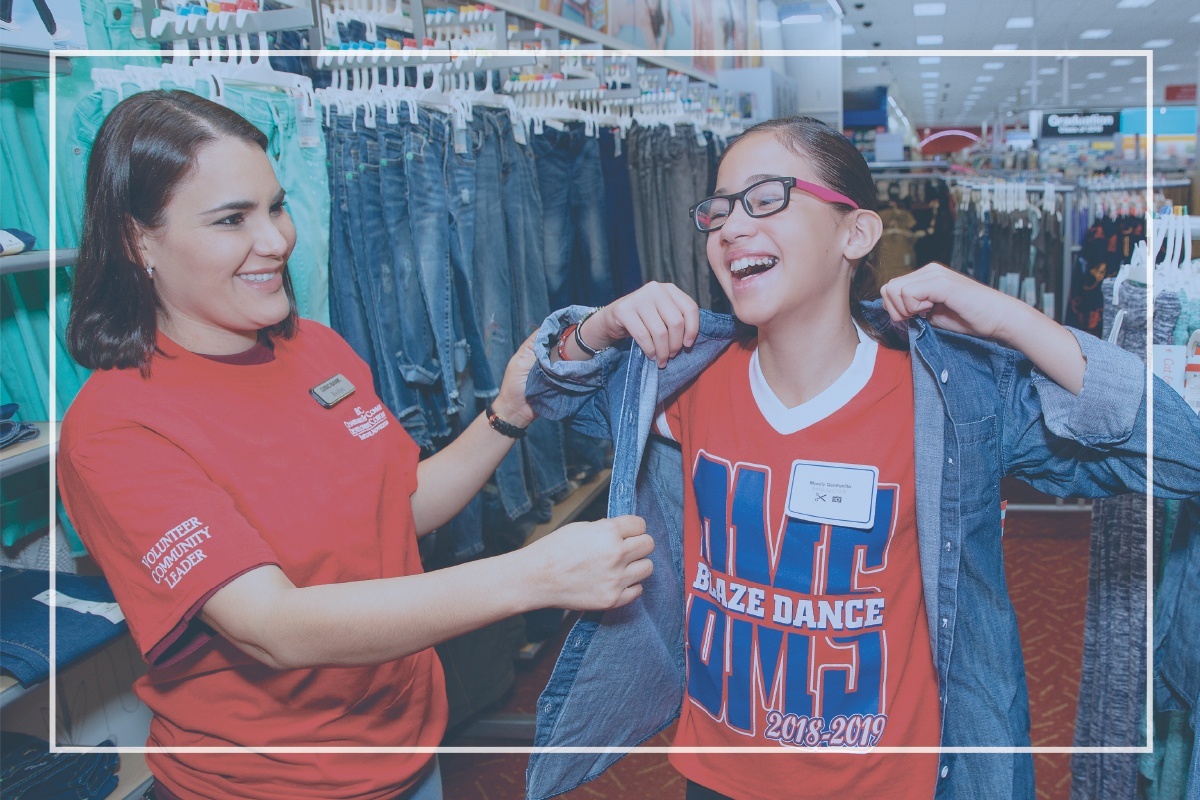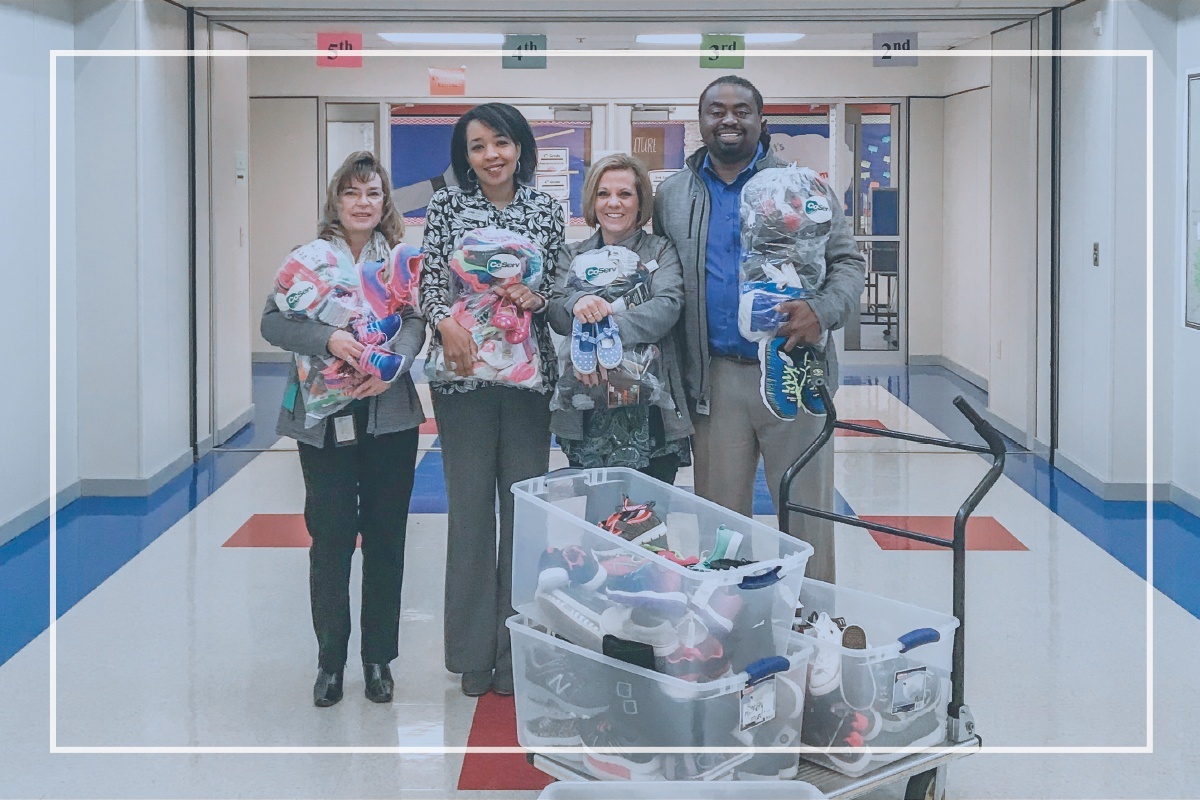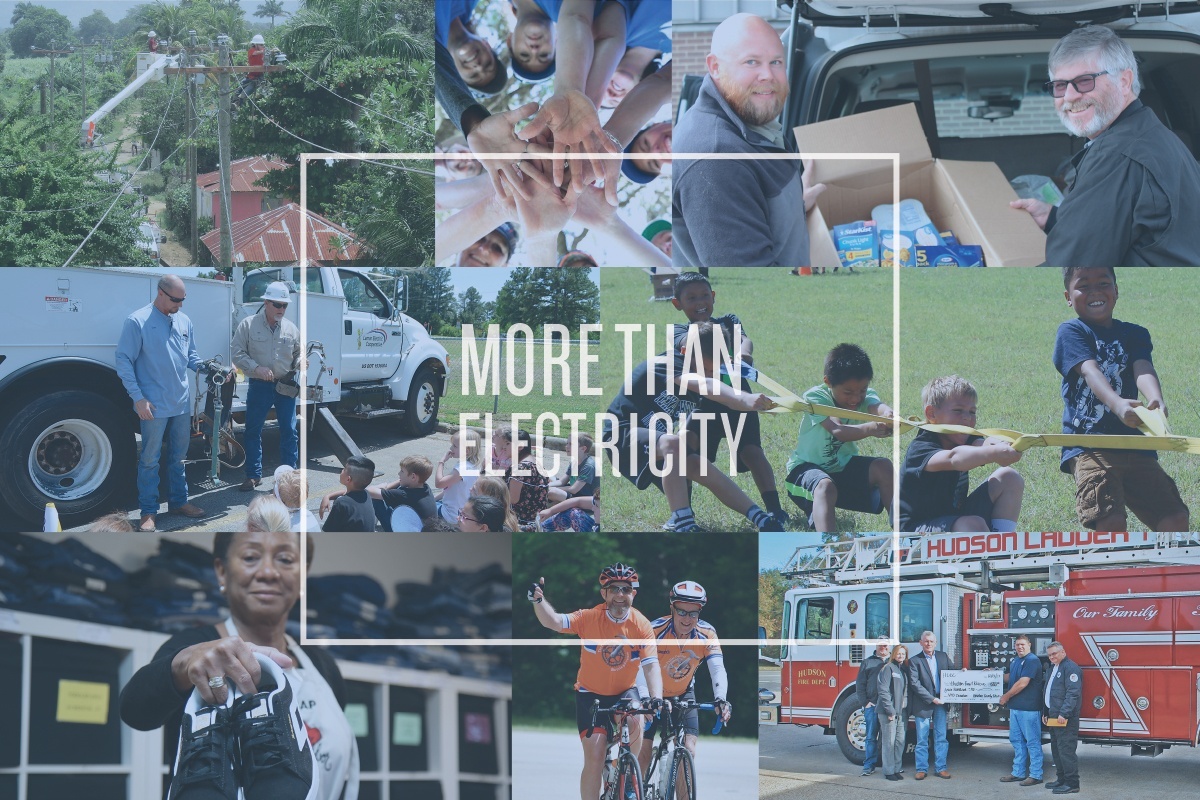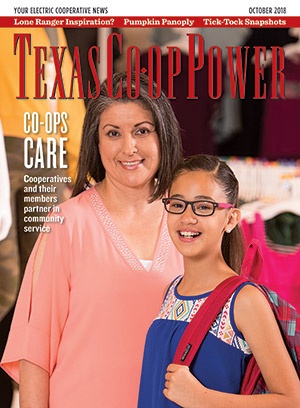John Wied, a member of Fayette Electric Cooperative in La Grange since 1981, serves on the board of Hospice Brazos Valley, and he looks to the co-op to support the specialty health care provider. “We have our fundraiser in Round Top in August,” he says, “and I can always count on Fayette EC for a donation.”
But the true significance of the co-op’s role in the community goes much deeper than any of its individual contributions to service organizations, Wied says. “They are the fabric of the community,” he explains. “If you tried to pull it up and go away, a lot of people would go with it. They don’t just support the community—they are the community.”
Community involvement—along with local management—is what makes today’s electric cooperatives special in the eyes of their members. Recent research conducted on behalf of the National Rural Electric Cooperative Association reports that one of the essential reasons members value co-ops is that they are local. “Community is the core co-op advantage that connects with consumers,” NRECA reports.
Since their creation in the 1930s, Texas’ 67 electric distribution co-ops have served rural and suburban areas. In those early years, investor-owned utilities were not willing to extend electric service beyond cities and towns because it was not profitable. Then came the Rural Electrification Administration, a federal program that helped cooperatives finance their own electric systems.
As Wied said of Fayette EC, they don’t just serve the community—they are the community. Kevin Houchin, a member of Heart of Texas Electric Cooperative in McGregor, echoes the sentiment, “Co-op employees are the little league coaches; they are the Sunday school teachers.”

Magic Valley Electric Cooperative supports United Way of South Texas’ back-to-school program. Volunteer Evelyn López helps Marely Quintanilla of Edinburg shop at a McAllen Target store.
John Faulk
In the Rio Grande Valley, Magic Valley Electric Cooperative in Mercedes assists a range of nonprofit organizations. Thelma Garza, president of United Way of South Texas, which serves Hidalgo and Starr counties, explains that Magic Valley EC “is a very strong supporter of our United Way, not just in payroll deductions for employee contributions but also in volunteer work.”
“They help with training other volunteers,” she says, “and they support the calendar we mail out to 45,000 people. People see the Magic Valley logo, and they know the co-op is engaged with people.
“We need as many as 200 volunteers for our back-to-school program, when we give 120 eighth-graders and freshmen a $150 Target gift card to buy school supplies,” Garza explains. “Even though the school gives them a shopping list, the volunteers help the students make better choices. Some of those students have never had the opportunity to shop for themselves.
“We also have a program called Loaned Executive, in which someone in mid management becomes an extension of the United Way staff for 12 weeks during our campaign, “ Garza says. “These people meet with major employers and make what we call the midnight presentations at hospital shift changes—or even at 3 a.m., when UPS has a shift change.”
Abraham Quiroga, business and employee development division manager at Magic Valley EC, has taken part in the Loaned Executive program twice. “The biggest benefit of the program,” Quiroga says, “is learning about the organizations that United Way supports. Many people rely on those social services, and they meet real human needs.”

Mary Aceves of Magic Valley EC, left, with student Marely Quintanilla at a McAllen Target store.
John Faulk
In Central Texas, Houchin retired from the McGregor Independent School District after 31 years, including 17 as superintendent. “Heart of Texas Electric Cooperative provided the energy for most of our schools,” he says, “and they were a great community partner.
“They were always available to help,” Houchin says, “even with something as simple as coming to dig the hole when someone donated a tree to honor a loved one. Or they would put up the decorations downtown.”
Heart of Texas EC is one of the many co-ops around the state that participate in Operation Round Up, a program in which members can round up their monthly bills to the next whole dollar to support their co-op’s charitable work. “Through their Round Up program,” Houchin explains, “Heart of Texas is able to provide grants to all kinds of nonprofits. Money is tight, and a $2,500 grant for a volunteer fire department makes a big difference.”
Houchin also lauds the co-op in its basic role as energy provider. “They were always competitive pricewise,” he says, “and they kept us up to date with what was happening. If something needed to be fixed, they fixed it. They were a great community partner.”

Co-ops empower local schools through charitable programs and grants.
CoServ
In Denton County, Janet Shelton has been impressed by the community involvement of CoServ, an electric co-op based in Corinth, and the CoServ Foundation. “I’ve been involved with the Denton Public School Foundation,” she says, “and CoServ has been very generous with their grants to support innovative classroom activity.” Shelton’s praise does not stop there.
“I was on the board of an organization called Hearts for Homes that provided home repairs for elderly residents who could not afford to make the repairs themselves. CoServ not only gave us money but sent volunteer crews to help complete the repairs.”
One more thing: “I was involved with the Denton Community Theater,” she adds, “and CoServ gave us a grant to purchase headphones for the hearing-impaired. So, you could say that CoServ supports schools, social services and the arts.”
Even though electric co-ops are known for community involvement, their primary business always will be fulfilling the basic need for reliable electricity. Every co-op is part of the complex infrastructure of the state’s electric grid. In some cases, even the co-op’s power generation component has a community function. As renewable energy technologies are incorporated into community generation projects, co-ops are making renewable resources accessible to members—to help the planet. In March, United Cooperative Services in Cleburne activated an installation of 44,340 solar panels in Bosque County that can generate up to 9.9 megawatts. The co-op’s members can subscribe to the power with no upfront costs and no contract.
Concern for Community, one of the Seven Cooperative Principles, extends to management, too. As one member put it, “When our power goes out, their power goes out, too.” As Wied says, “They’re not in New York, looking out from the 75th floor.”
Often, the most visible co-op personnel are lineworkers, who are on the job at all hours of the day and night, working to keep the lights on. In the aftermath of ice storms, thunderstorms, tornadoes, wildfires, floods and other disasters, lineworkers are among the first responders and sometimes don’t get to go home for days at a time.
The framework by which co-ops support one another is called a mutual-aid agreement. After Hurricane Harvey’s 130 mph winds tore out electric service for more than 175,000 meters in 15 co-op service territories, co-ops from across the state, including as far away as the Panhandle, sent line crews to restore power. Jimmie Scott, a lineworker for Jackson Electric Cooperative, did not miss a day of work restoring power to Jackson EC members, even though the roof caved in on the house he inherited from his father.
Inspired by the stories of service and sacrifice, members of Mecklenburg Electric Cooperative, based in Chase City, Virginia, figuratively joined hands to support Texas co-ops. Employees, along with local schools and community groups, filled a semitrailer with cleaning and restoration supplies, water, and handwritten messages of support. The truck and driver, provided by a co-op member, made the 1,300-mile trip to Victoria Electric Cooperative, which distributed supplies along the coast.

Members know they can count on co-ops to serve young people, stay on top of trends in the industry and help get them through disasters.
cooperative photos
People along the coast still are recovering from the damage of Harvey, even a year after it blasted Texas. This spring, the Sinton Little League asked San Patricio Electric Cooperative for help in replacing seven light poles that were damaged during the storm. Even though the ballpark does not receive electric service from San Patricio EC, the co-op covered the cost of the new poles. A group of 21 co-op employees, led by Alex Torres and Joe Cruz, repainted the ballpark’s concession stand, replaced an unsafe staircase, fixed up its roof and added more power outlets.
Lineworkers take seriously the responsibility of serving their communities, even when they are not on the job. Four lineworkers from Tri-County Electric Cooperative encountered a fiery, multivehicle collision on Interstate 35 on their way to lunch one day in May 2017. They took action immediately, removing victims from their vehicles and providing first aid, including spinal immobilization, until medics arrived. Their lifesaving efforts took on even more immediacy as a fire caused by the initial collision spread to a cargo trailer filled with paint cans, causing explosions that accelerated the blaze.
Every community in Co-op Country tells similar stories of generosity and support. Many who collaborate with the co-ops share the sentiment of CoServ member Shelton, who says, “I’m just impressed.”


